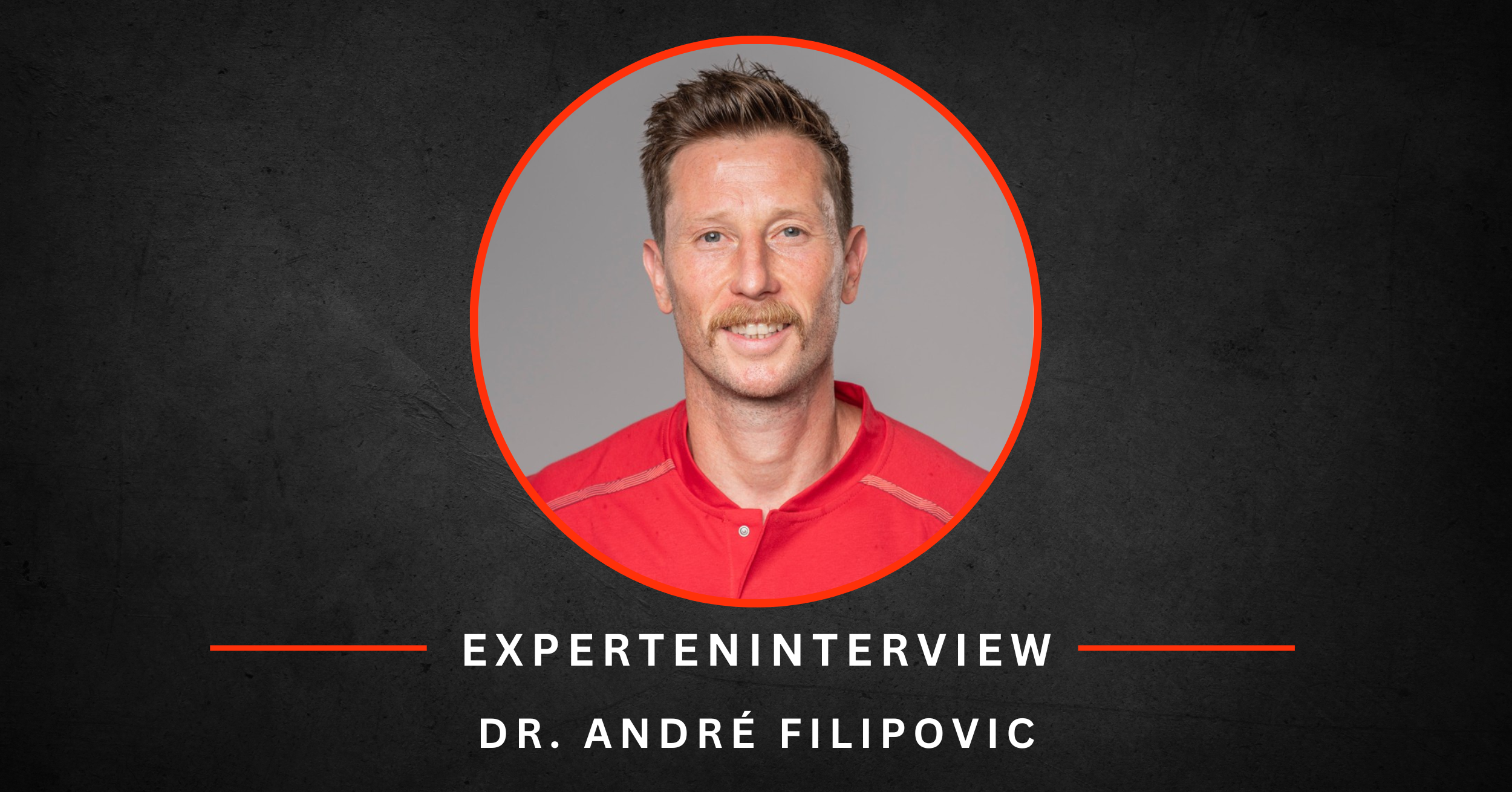In competitive sport, the demands on trainers have increased significantly. The training science motto here is "Strength and Conditioning". Athletic Coaches are challenged in many ways to get the best out of their players in order to meet the extremely high performance demands of elite sport. The goal is based on increased Effectiveness, Mobility, Potential, Quality and Efficiency.
myostyle: Dr. Filipovic, you've been working as a Coach for many years. What role does a Strength and Conditioning Coach play in competitive sport and especially in Football?
Dr. Filipovic: Anyone observing the development of football will recognize that the game has become more intense and that the physical demands on the players have increased. One of the key factors here is the higher number of games. At the center of these developments is the Strength and Conditioning Coach. Their task is to fully exploit the potential of the players - and this primarily involves training optimization and personalization, i.e. targeted individual stimuli. So you have a lot of influence on the players and training management, and that is of course very exciting for me as a Sports Scientist.
myostyle: Can you give us a little insight into your everyday life as a Coach: What does your daily work as a Strength and Conditioning Coach in the football environment look like?
Dr. Filipovic: A typical day starts in the morning with a training session for planning. Based on the workload and the results of the previous week, I decide on the objectives of the next training session and the division of the focus in the Athletic and Tactical areas. I then prepare the training session in detail. Each session is prepared with a specific activation in the weight room that is tailored to the chosen athletic focus. Monitoring via tablet and GSP helps me to gain an overview of the individual players' training areas and to check whether the training goals are being achieved. If this is not the case, I adjust the training. After training, I go back to the gym, where I assign individual focus areas to each player. I then evaluate the data, discuss the results with the coaching team and plan the next day.
myostyle: What specific training methods and techniques do you use to improve the performance of football players?
Dr. Filipovic: First and foremost, it is important to distinguish between developing endurance capabilities and improving dynamics or explosiveness. This involves keywords such as "explosive" or "faster" to execute actions with and without the ball with more power. I use a variety of different training sessions for this purpose, including squats, deadlifts, hip thrusts, and Olympic weightlifting variations, combined with specific plyometric jumping exercises. When optimizing specific endurance, the focus is on training different energy systems, such as sprints, interval training, and small-sided games. The goal is for a player to maintain their performance throughout the game for as long as possible and still be able to perform actions at maximum speed and high quality towards the end of the game.
myostyle: EMS is an innovative technology in the area of muscle building and regeneration after injuries. How do you see the advantages of EMS compared to conventional strength training and how do you integrate this method into your training program?
Dr. Filipovic: In my opinion, EMS is not the best method for building muscle in competitive sports, but the training offers great advantages for providing intensive stimulation. Although the training demands in football are always the same, with EMS the training structure can be modified to enable new training approaches via the use of innovative training techniques. The focus here is on increasing athletic strength, dynamics and acceleration. EMS also impresses with its short training period and high effectiveness, achieving good results in a relatively short time.
myostyle: Electric muscle stimulation can increase muscle activity and at the same time reduce stress on the joints. How do you use EMS specifically to prevent injuries and improve the performance of your Athletes?
Dr. Filipovic: When using EMS primarily for performance enhancement, we do so periodically over a span of 6-12 weeks, with 2 sessions per week. The focus is on the thighs, emphasizing dynamic exercises with 30-40 jumps per session, lasting around 20 minutes. There are two variations: Either we replace traditional strength training for several weeks with two EMS sessions, combined with jumps and sprints on the field. Or we do one strength session with EMS as the main training method and a second session focusing exclusively on strength. EMS cannot fully replace football training since players need stress for their tendon apparatus – especially the calf benefits from combined stimuli through reactive jumps. However, incorporating EMS every two to three months can be beneficial.
myostyle: EMS can be used for both Strength training and Rehabilitation. How do you adapt EMS training to the individual needs of your Athletes?
Dr. Filipovic: Rehabilitation is a second important area in which EMS is used, as the strain on joints or tendon ligament structures can be reduced. Players with cruciate ligament or ankle injuries in particular benefit from this. When wearing a splint and in the case of metatarsal fractures, the focus is on preserving the muscles - especially the calf muscles, because these regress very quickly and it takes a long time to rebuild the muscles. And it is precisely this muscle maintenance that can be achieved very well with EMS.
myostyle: How often can EMS be used with Professional Athletes and in which areas can it support you in your Coaching practice?
Dr. Filipovic: This varies depending on the sport. For a football player who has a game every weekend, I recommend using EMS no more than twice a week. In football, two sessions per week are sufficient due to the additional stress on the field. However, if EMS training is the sole training stimulus being used – for example, in the rehabilitation field – then it can be implemented three times a week.
myostyle: As a Professional Coach, do you have any final tips for aspiring amateur football players?
Dr. Filipovic: Overall, football primarily involves a mix of consistency, Strength training and Sprints. I would recommend classic Strength training twice a week as a foundation. Additionally, incorporating sprint sessions once a week is beneficial. Once a certain level of base strength is established, supplementing training sessions with one EMS session per week can help introduce additional stimuli.

